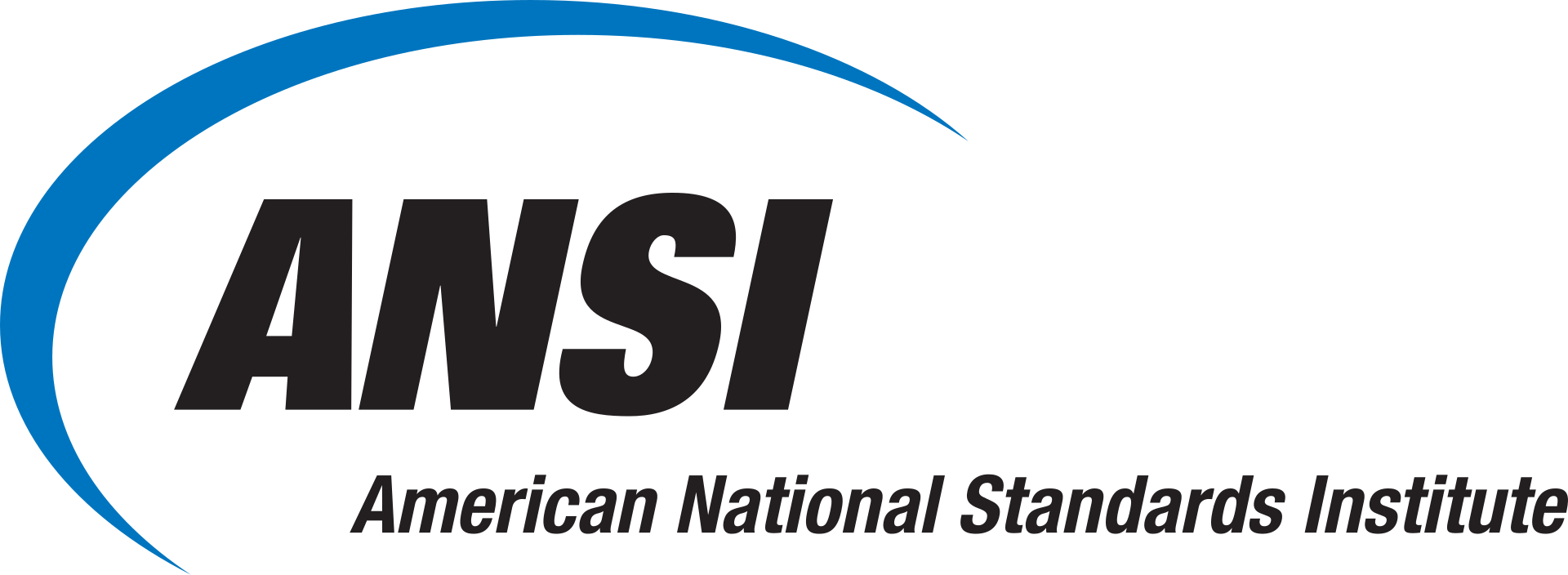ISO 55000:2024— Asset Management Vocabulary & Principles

Asset management applies to any organization, at all levels and across all departments. As such, understanding its terminology, principles, and outcomes is key to an organization’s success. ISO 55000:2024— Asset Management – Vocabulary, Overview And Principles provides an overview of asset management and the expected benefits from adopting asset management.
What Is Asset Management?
Asset management is the practice of buying, selling, and managing investments with the goal to increase wealth over time. It involves the balancing of costs, opportunities and risks against the desired performance of assets to achieve an organization’s objectives. An ‘asset’ refers to a thing or entity that has potential or actual value to an organization. It can have current or future economic value to a business and can include, for example, personnel, buildings, hardware, land, monetary assets, software and hardware, inventory, patients, investment, and machinery.
Asset management enables organizations to assess the need for, and the performance of, assets at different stages of their life cycles. Its goal is to maximize the value of an investment portfolio over time while maintaining an acceptable level of risk. To establish effective asset management, an organization should apply and adopt certain fundamental principle that are detailed in ISO 55000:2024.
What Is ISO 55000?
ISO 55000:2024 is applicable to all types of assets and all types and sizes of organizations.
The standard defines terms and establishes principles and outcomes for asset management. It describes:
- The benefits of asset management and an asset management system
- The relationship between asset management, the asset management system and asset portfolio
- Asset management improvement and maturity
ISO 55000:2024 does not provide financial, accounting, human resources nor technical guidance for managing specific asset types.
What Are the Changes in the 2024 Edition of ISO 55000?
This second edition (ISO 55000:2024) cancels and replaces the first edition (ISO 55000:2014). The main changes in ISO 55000:2024 are as follows:
- The document has been restructured to provide an insight and understanding of asset management and its principles, its outcomes and benefits, the relationship between asset management, an asset management system and the assets of an organization, and indicators of asset management maturity
- The principles of asset management have been revised
- The outcomes of asset management have been introduced
- The benefits have been rephrased and extended
- The explanation of the elements of an asset management system has been deleted
- The integration of management systems has been introduced
- The maturity of an asset management organization has been introduced
- The annexes have been deleted
What Does Asset Management Research Include?
Asset management can involve rigorous research in order to effectively analyze information about market dynamics, trends, opportunities, and challenges. This research includes statistical analysis of prevailing market trends, reviews of corporate financial documents, and any other data that would aid in achieving the client’s stated goal of asset appreciation.
What Are the Benefits of Asset Management?
ISO 55000:2024 details that specific benefits of asset management include, but are not limited to, the following:
- Improved financial performance
- Better decision-making
- Managed risk and opportunity
- Greater stakeholder satisfaction and confidence
- Ensuring the performance of assets, leading to better
- More evident corporate social responsibility
- Demonstrated compliance
- Enhanced reputation
- Improved efficiency and effectiveness
- Improved co-ordination and communication
- Increased value from innovation
ISO 55000:2024— Asset Management – Vocabulary, Overview And Principles is available on the ANSI Webstore and in the following Standards Packages: ISO 55000 / ISO 55001 / ISO 55002 – Asset Management Package and ISO 55001 – Asset Management Collection.






